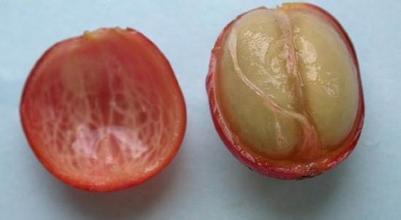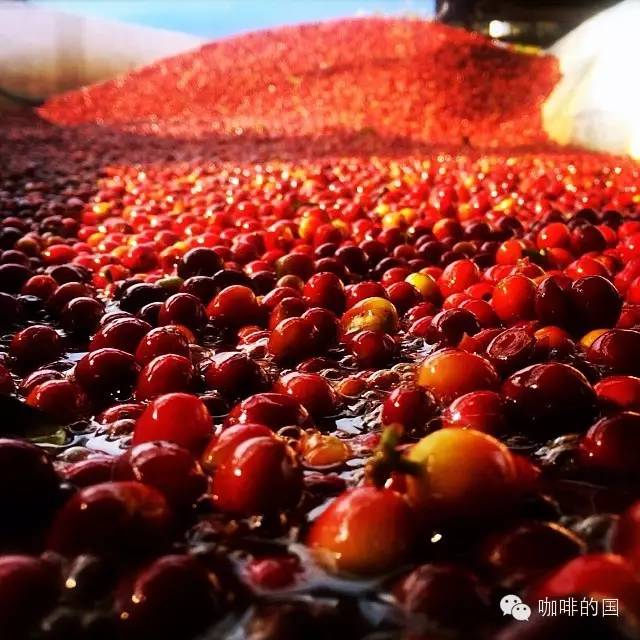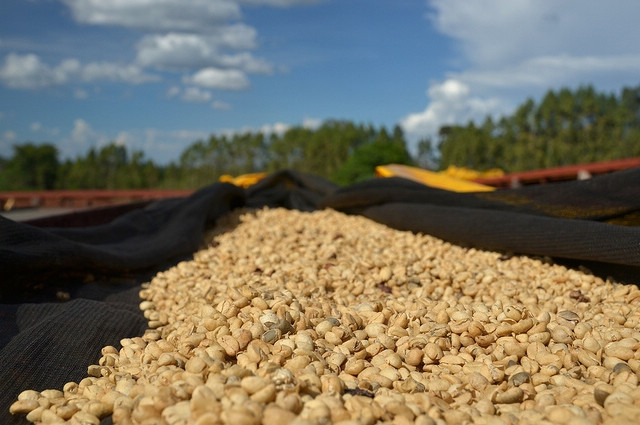The coffee network recommends Guatemala Vivetnam fruit producing area Guatemalan coffee origin list beans.
Guatemala, which is famous for its highland topography, has a unique flavor of high-altitude hard beans that perform well in all-inclusive coffee producing areas and produce high-quality coffee with eye-catching performance. Guatemalan coffee has rich flavor changes and strong acidity, and sometimes can feel some changes in spices, from medium to full consistency, high complexity, is the best representative of complex style. From the simple sweet and delicious type to the spicy complex type to the extremely refreshing high-acid coffee, you can find it in Guatemala beans.
The Republic of Guatemala, a presidential republic in Central America, is located in the south of the North American continent. It is bordered by the Pacific Ocean to the west, the Caribbean Sea to the east, Mexico to the north, Belize to the northeast, Honduras and El Salvador to the southeast, with a total area of 108889 square kilometers. All of Guatemala is made up of mountains and plateaus. There are Kuchu Matanes Mountains in the west, Madre Mountains in the south, volcanic belts in the west and south, with more than 30 volcanoes. Tahumurco volcano is 4211 meters above sea level, which is the highest peak in Central America. Earthquakes are frequent. There are Petten lowlands in the north. There are narrow coastal plains on the Pacific coast. The major cities are mostly distributed in the intermountain basins in the south. The northern lowland plain Peteng is a tropical rain forest, and volcanoes on the central highlands can reach 4200 meters. Higher altitude gives coffee a higher quality growth environment. The long-awaited micro Tenanguo finally traveled across the ocean to Johnscafe last week. After several tests, we finally found a suitable baking point. The beans are processed and exported by Sertinsa. This time, the aroma of Mini Nanguo is brighter than that of previous years, and the taste is still a thick melon bean, which is suitable for drinking alone or when the formula is quite suitable, with high sweetness and thick Body, with obvious aroma.
Although "micro special south fruit" is the name of a region, the tight name makes people full of fantasy. Raw beans are dark green and full-grained.
This batch of beans from the slightly highland of Guanguo were harvested very late, so they were seen in the cup test draft. Planted in huehue, close to Mexico, they have alpine sweetness and changeable acidity, and the late maturity just mentioned has also created her strong-eyed performance in acid quality and richness. This new batch of good beans are of high quality and low price.
Uniform baking, rich aroma, strong acidity, strong chocolate flavor, high overall mellowness, strong taste, long aftertaste and high persistence in the mouth. In the medium and deep baking degree, it can show better sweetness and balance degree.
The following is the cup test report and basic information: M + baking
Dry aroma: berries, melons, smoke, brown sugar
Wet fragrance: aroma of fruit, light wood, wheat straw and shiitake mushrooms
Sipping: round taste, the first taste is sweet with ripe fruit aromas, non-irritating acidity brings a mild sense of health on both sides, body consistency is obvious!
Country: Guatemala
Grade: SHB
Producing area: Vivette Nanguo
Baking degree: medium depth baking
Treatment: washing
Variety: Kaddura, Kaduai, bourbon
Soil: volcanic soil
Flavor: nuts, dark chocolate, cut tobacco

Important Notice :
前街咖啡 FrontStreet Coffee has moved to new addredd:
FrontStreet Coffee Address: 315,Donghua East Road,GuangZhou
Tel:020 38364473
- Prev

American Coffee from Costa Rica Starica Coffee Variety Fire Phoenix Manor Red Honey
Arrazu, from Costa Rica, is one of the major coffee producing areas in the world. The coffee produced by Tarasu has a light and pure flavor and pleasant aroma. Costa Rica, with its fertile volcanic soil and good drainage, is the first country in Central America to grow coffee and bananas for commercial value. Coffee and bananas are the country's main exports. Costa Rica with extra hard beans and high quality
- Next

The coffee network recommends that Costa Rica's Tara Pearl Diamond Villa wash SHB Kaddura boutique coffee beans.
Costa Rican coffee plants were imported from Cuba in 1779 and exported for the first time in 1820. There are now about 32000 coffee farmers, with an average of less than 10000 yuan per farmer. Costa Rica has a population of 410 million (2006), an active coffee planting area of 82500 square meters, an annual output of 1.7 million bags (60kgs per bag), and an annual consumption of 38 million bags in China.
Related
- Does Rose Summer choose Blue, Green or Red? Detailed explanation of Rose Summer Coffee plots and Classification in Panamanian Jade Manor
- What is the difference between the origin, producing area, processing plant, cooperative and manor of coffee beans?
- How fine does the espresso powder fit? how to grind the espresso?
- Sca coffee roasting degree color card coffee roasting degree 8 roasting color values what do you mean?
- The practice of lattes: how to make lattes at home
- Introduction to Indonesian Fine Coffee beans-- Java Coffee producing area of Indonesian Arabica Coffee
- How much will the flavor of light and medium roasted rose summer be expressed? What baking level is rose summer suitable for?
- Introduction to the characteristics of washing, sun-drying or wet-planing coffee commonly used in Mantenin, Indonesia
- Price characteristics of Arabica Coffee Bean Starbucks introduction to Manning Coffee Bean Taste producing area Variety Manor
- What is the authentic Yega flavor? What are the flavor characteristics of the really excellent Yejasuffi coffee beans?

